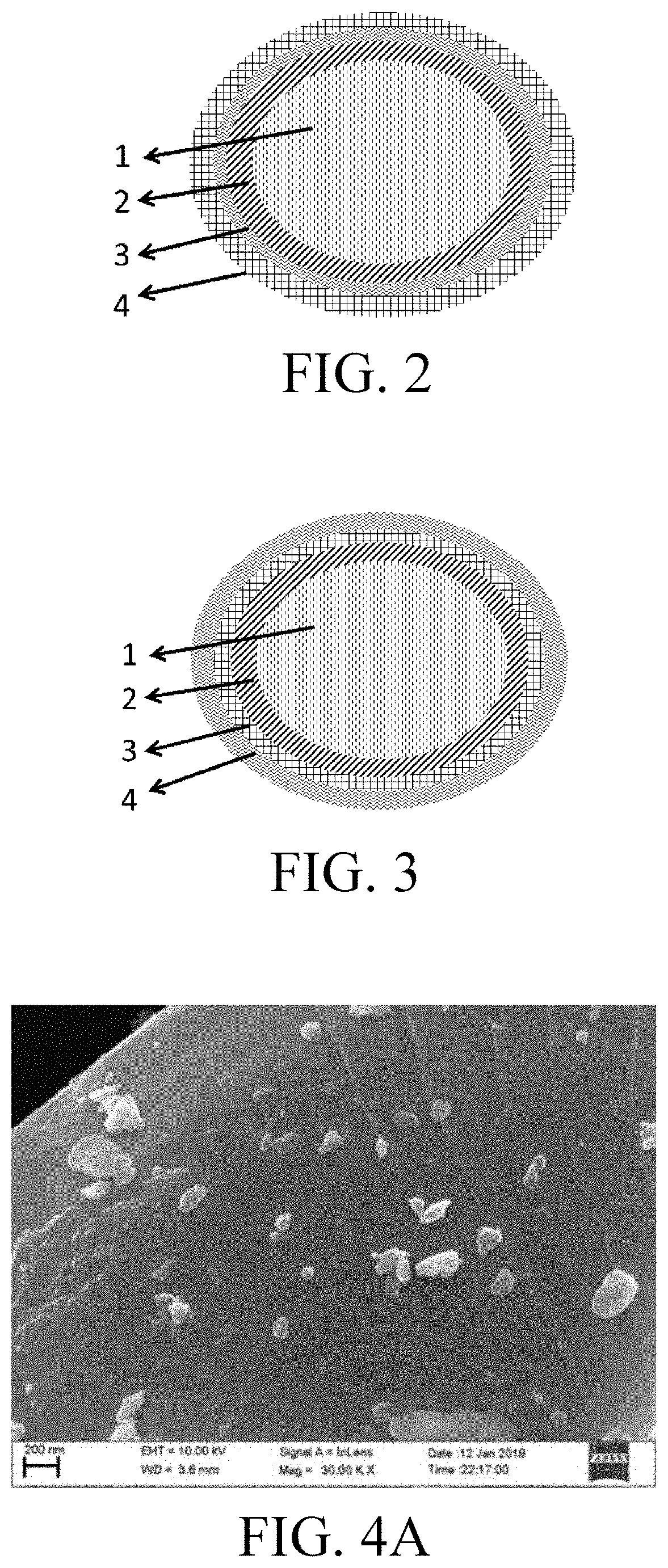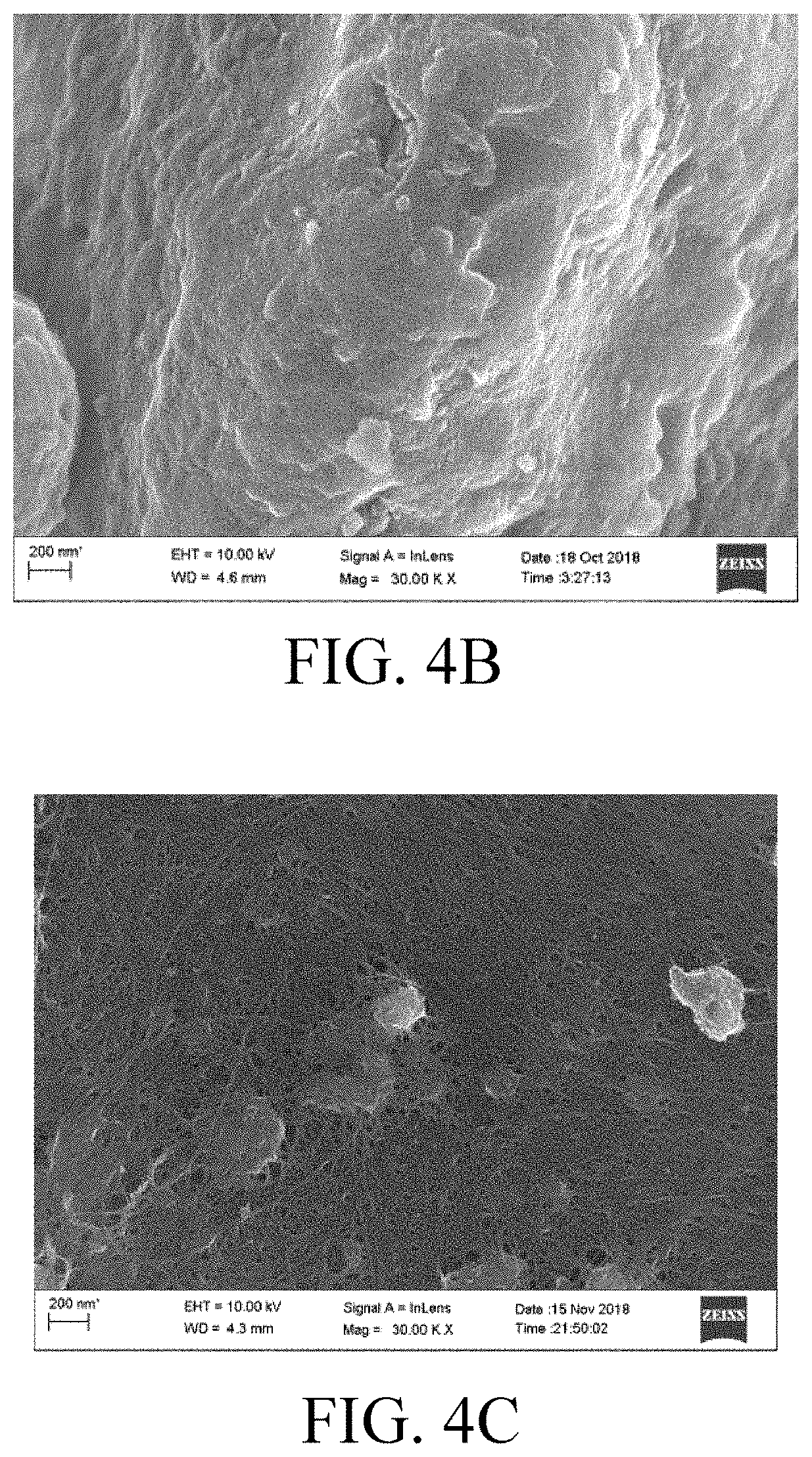Anode material, and electrochemical device and electronic device using the same
a technology of anode material and lithium-ion battery, which is applied in the field of anode material, electrochemical device and electronic device using the same, can solve the problems of consuming electrolytic solution, repeated formation of sei, and cannot meet the current requirement for the high cycle life of lithium-ion batteries, so as to improve the cycle performance of silicon-oxygen materials, reduce the effect of structural damag
- Summary
- Abstract
- Description
- Claims
- Application Information
AI Technical Summary
Benefits of technology
Problems solved by technology
Method used
Image
Examples
embodiments
[0134]The following describes embodiments of the lithium-ion battery according to the present application and comparative examples for performance evaluation.
[0135]1. Preparation of Anode Material
[0136]A. The anode materials of Embodiments 1-6 were prepared according to the following method:
[0137](1) dispersing about 100 g of silicon monoxide (SiO) powder in about 300 ml of organic solvent ethanol, and stirring for about 0.5-1 h until a uniform suspension was formed;
[0138](2) adding about 0.5-10 g of the oxide precursor MeXn to the above suspension, stirring for about 0.5-1 h until a uniform mixed solution was formed, dropwise adding deionized water to the mixed solution, the weight of the deionized water being about 3 times the weight of the precursor MeXn, and after completing the dropwise addition, continuing the reaction for about 4 h to obtain a mixed solution;
[0139](3) spray drying (inlet temperature: about 220° C., outlet temperature: about 120° C.) the mixed solution obtaine...
PUM
| Property | Measurement | Unit |
|---|---|---|
| diameter | aaaaa | aaaaa |
| specific surface area | aaaaa | aaaaa |
| diameter | aaaaa | aaaaa |
Abstract
Description
Claims
Application Information
 Login to View More
Login to View More - R&D
- Intellectual Property
- Life Sciences
- Materials
- Tech Scout
- Unparalleled Data Quality
- Higher Quality Content
- 60% Fewer Hallucinations
Browse by: Latest US Patents, China's latest patents, Technical Efficacy Thesaurus, Application Domain, Technology Topic, Popular Technical Reports.
© 2025 PatSnap. All rights reserved.Legal|Privacy policy|Modern Slavery Act Transparency Statement|Sitemap|About US| Contact US: help@patsnap.com



